Linus Loeliger is arguably the best No-Limit Holdem player in the world. Active in the high-stakes scene since 2016, he has accumulated millions of dollars in profit over the last 8 years online.
But poker is such a hard and deep game that even a great player like him can find himself making terrible mistakes sometimes. I'll show you a hand where Linus made a big blunder at the tables, and we'll try to learn as much as we can from it so that we can all improve our games.
Let's begin.
Preflop
This hand was played between Linus Loeliger and Sergey Nikiforov at $200/$400 on GGPoker.
Sergey opens up the button for 2.25x. Kevin Paque folds his small blind, and Linus has in the big blind. Instead of calling the open like most people would do, Linus decided to 3-bet to 12 big blinds. This play is correct according to GTO, as Ten-Seven suited should be a 3-bet here around 70% of the time.
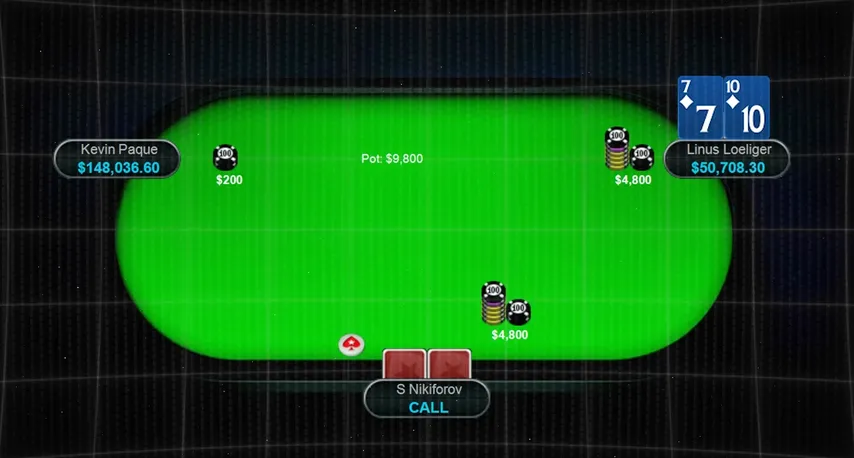
Sergey makes the call, and we see a flop.
The Flop
The flop is . Interestingly, Linus decided to check. This type of board with two high cards is very decent for the 3-bettor, as we have an advantage on the two pairs, sets, and overpair region. In fact, when we solve this board for a one bet size strategy, which is what I think you should do here, we're allowed to c-bet over 80% of the time, with Ten-Seven suited being pretty much a pure bet. Even with a two-size strategy, Ten-Seven suited should only check 11% of the time.
Faced with the check from Linus, Sergey decided to take the passive action and check behind.
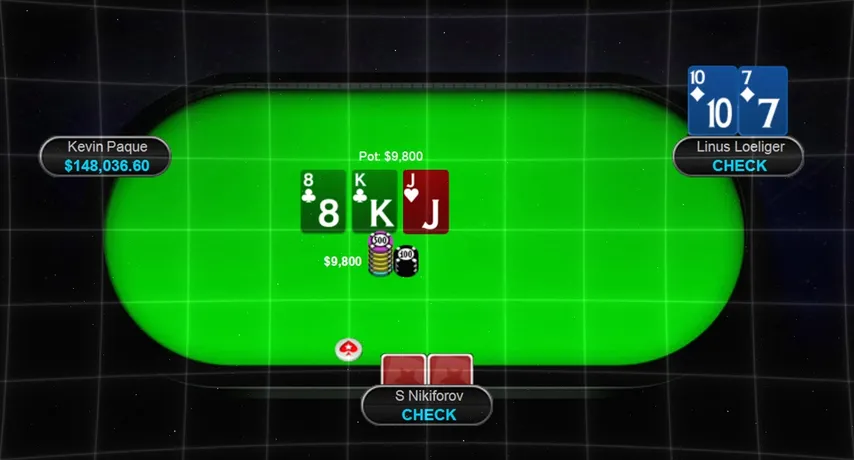
The Turn
The turn is a , and this is where Linus started to blunder. He opted to lead this card for a 71% bet sizing, which is not much of a thing for his range nor his hand. The reason for this is simply that his range cannot support this bet sizing on this card, with the weaker range overall evidenced by the equity disadvantage and the lower amount of straights relative to in-position.
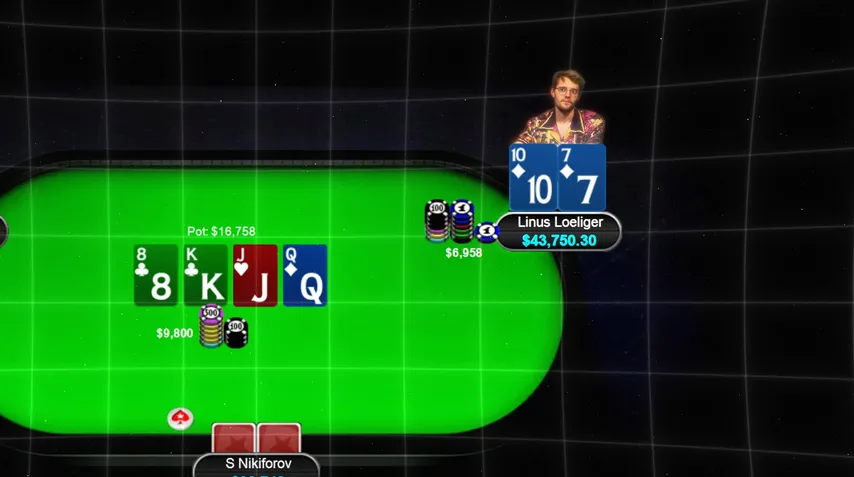
Linus should settle for taking small stabs into the pot, a play that aims to protect the vast amount of middling strength hands he has, such as weak top pairs, second pairs, and third pairs. Linus's hand selection is also not ideal for this play since, by holding a Seven, he heavily blocks the in-position player's folding range against a larger bet size, removing hands like Sevens, Eight-Seven suited, Seven-Six suited, and Eight-Seven suited from his range.
While a similar hand like Ten-Six suited could be used sometimes with this larger bet sizing, Ten-Seven suited loses 25 big blinds per 100 by being this lower EV sizing option.
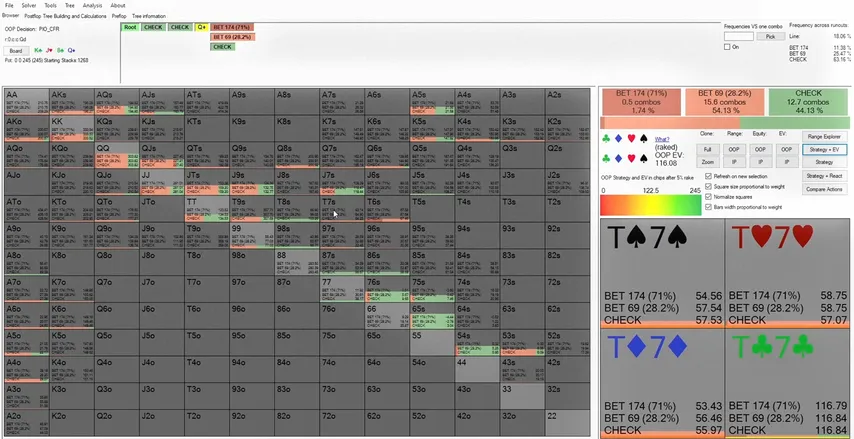
In the case of this spot, there's a very clear heuristic we learn by visualizing strategies across multiple runouts. The small bet sizing is the only bet sizing used on very specific cards such as clubs, a Ten, a Nine, and a Queen. These cards bring straights and flushes to the board, and by doing so, they effectively neutralize any advantage the out-of-position player could have with his uncapped preflop range.
On those cards, not only will the out-of-position player lose any range advantage from the flop, but he also has a high concentration of middling strength hands with his Broadway and pocket pair-heavy range. Therefore, the strategy must be to proceed cautiously with lots of checks, and when betting, to bet small.
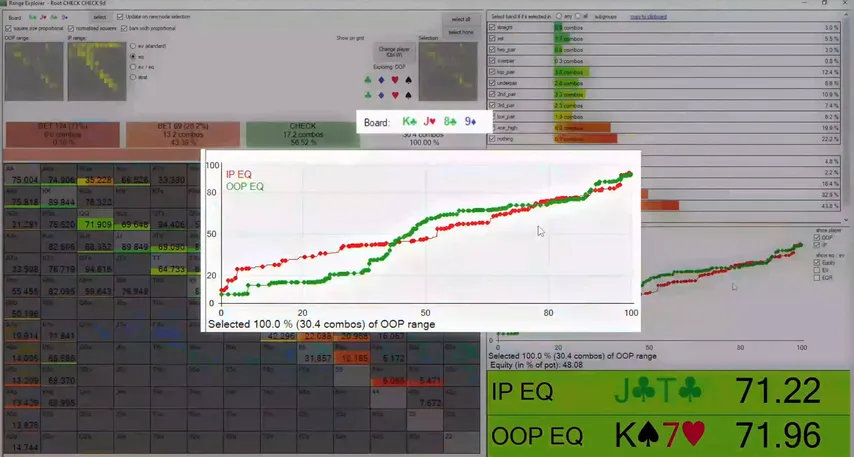
Linus, however, didn't have this heuristic, and after his 71% pot bet, Sergey decided to make the call.
The River
The river is a , and Linus decided to bet small again.
Linus's play looks odd here. When we look at solver, we see that the small bet sizing on the river is almost never used, with the standard being to play check/shove. A small bet sizing out of position is used to increase the equity realization of middling strength hands.
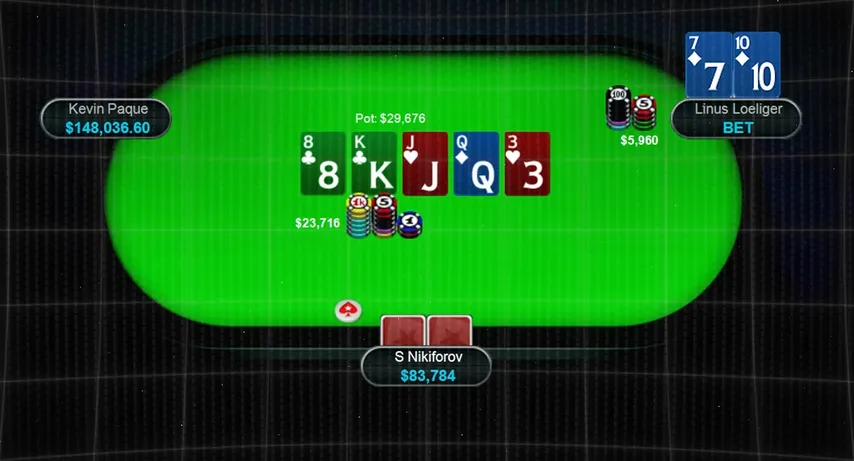
In theory, after betting 3/4 pot on this below-average turn and being dealt a blank river card, his range shouldn't contain many hands that are worth a small thin value bet. His range should be very polarized. Ten-Seven suited combos that get to this line only want to jam or check, and betting small with them is a losing play.
That being said, we can assume that Linus only uses the big bet sizing on that turn and then run the solution again. When out-of-position only has the option to bet big on the turn, then the betting range contains Ace-King, Aces, and King-Ten combos significantly more often, which by the river leads to the presence of more blocking bets. now becomes a low-frequency small bet.
So far, we have seen a sequence of questionable plays from the GOAT:
1. He checks a board he could easily range bet on, and if he doesn't want to range bet, his hand in particular should almost never be checked.
2. He picked a nonexistent sizing on the turn with a bad blocker bluff.
3. He proceeded to use an odd sizing on the river, representing a thin value hand that he should almost never have in his range due to his own turn bet sizing.
4. Even if he has something to value bet, his actual hand should almost always be jammed on the river.
For someone as good as Linus, this sequence should already be weird enough, but it's what he did next that will really blow your mind.
Sergey's River Response and Linus
Faced with the small bet sizing, Sergey was probably thinking, "Ah, this makes no sense. What value hands play this way?" Sergey sensed weakness in Linus's play, so he did the only thing a proud Russian would have done in his position: he raised Linus.
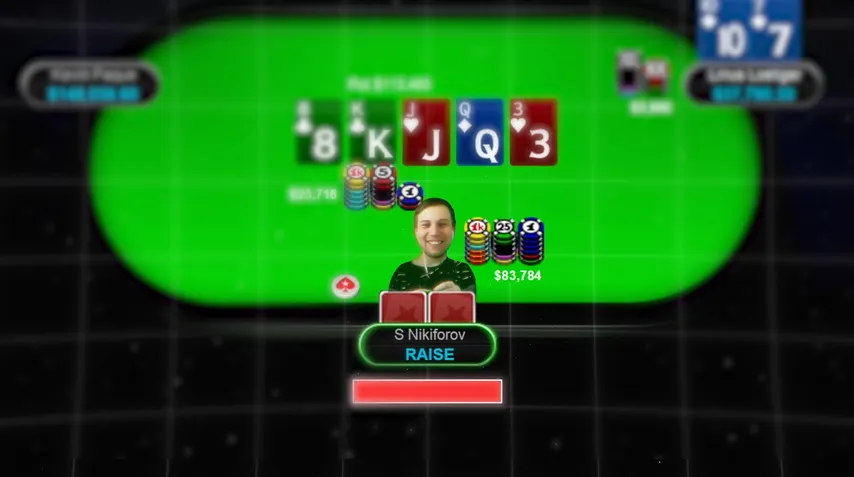
Now, you would think Linus has the world's easiest fold in his hands. It's Ten-high, it loses to bluffs, there's no way... There's absolutely no way that the best player in the world could ever convince himself to punt $40,000 by calling in a limped pot with just Ten-high.
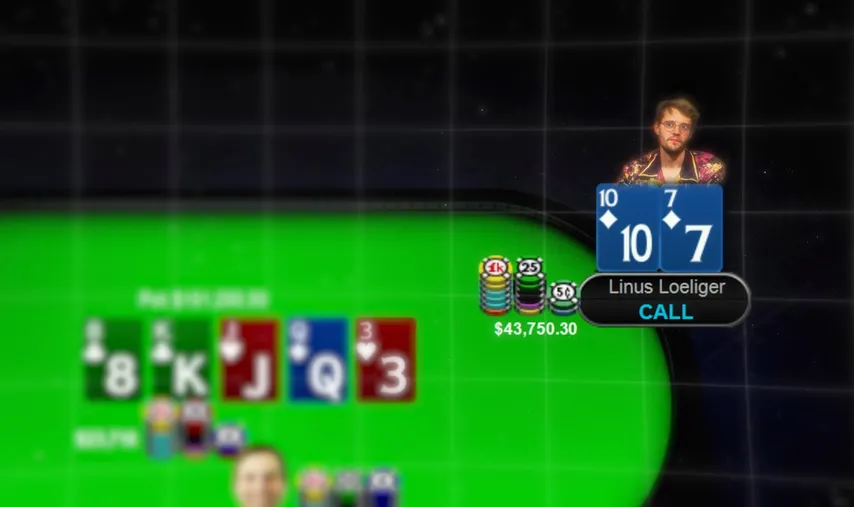
What? There's no way he called 10 high, that's insane. That's fake, right?
Yeah, of course, this is fake. He didn't call with 10 high. This is what really happened.
Sergey raised Linus's bet to 59 big blinds, which is a half-pot size. This sizing choice by Sergey is very interesting because, in theory, he should just go all-in with his strong hands, and in practice, most people would likely choose to go all-in with their bluffs as that puts more pressure on the out-of-position weak hands.
So, what is Sergey doing here? How is he constructing this seemingly odd and small raise range?
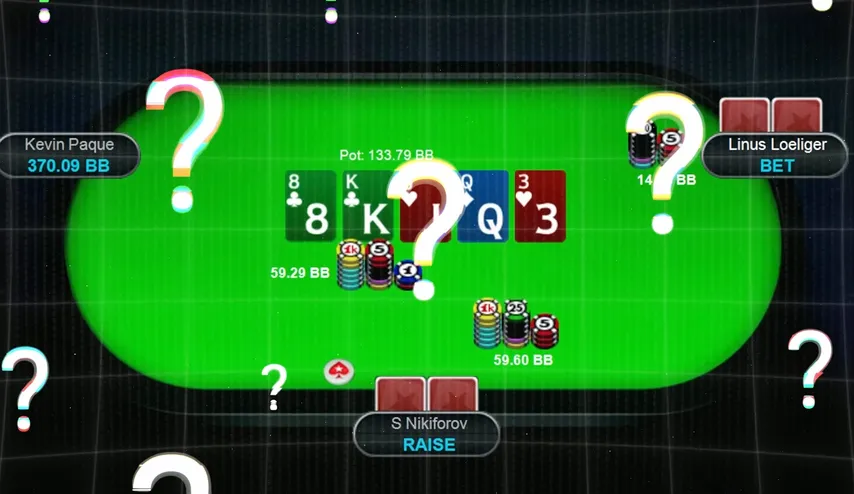
Linus decided to go for the bet three-bet all-in bluff, with $40,000 to spare, balls of steel, and a blocker to the nuts. That's all that it took for Linus to find this sick bluff attempt.
Understanding Linus's 3-Bet Shove
While we only see plays like this from highly aggressive players, this type of line is more common in theory than it seems. Whenever you have a block bet range out of position, you're going to have to develop a bet three-bet bluff range. This is valid not only for the river but also on turn and flop nodes.
This is extremely relevant for any serious poker player because the block bet sizing is the most frequent GTO size in almost all out-of-position nodes in the game tree. A bet three-bet bluff range is necessary to achieve two major purposes:
1. To balance your value bet three-bet range
2. To prevent your opponent from raising for thin value and bluffs
While number one is very straightforward (you bluff to balance your value bets), point two is not very often understood.
If we take this hand to solver and analyze the river, we see that the out-of-position player is supposed to bet three-bet bluff with hands like Aces, Ace-King, and King-Ten.
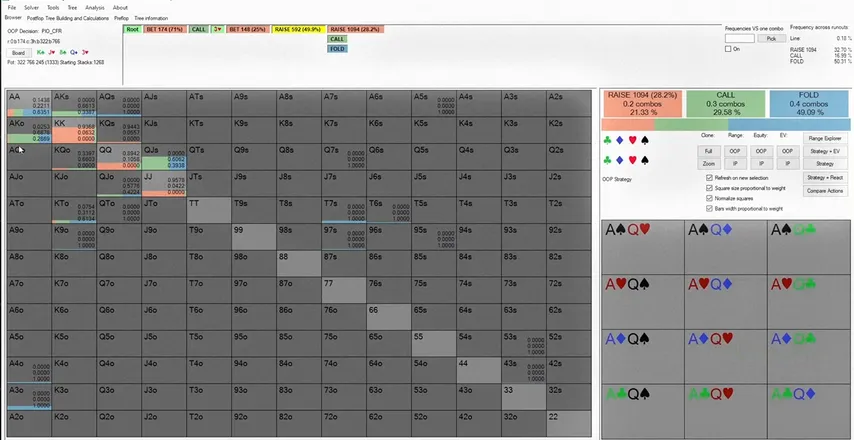
This constitutes a very safe heuristic you can take with you when constructing these bet three-bet bluff ranges: use the bottom of your value bet range as three-bet bluffs. By using the weakest hands you initially used as a value bet in the small size, you're guaranteeing that you don't have poor blockers against your opponent's folding range. Your value hands likely share cards with the board, which of course removes some nutted hands from your opponent's range.
It's very common to see solvers using the weakest value bets as three-bet bluffs on the river, and that's what Linus should have done here instead. You use Aces, Ace-King, and King-Ten. Linus must bluff raise with these hands to prevent thin value hands like Queen-Jack, King-Jack, King-Eight, and King-Queen from raising small all the time.
If, however, we force the out-of-position player to shift the three-bet frequency from those hands over to calls, we see the in-position player adjusting to always raise with thin value hands like Queen-Jack, King-Jack, King-Eight, and King-Queen.
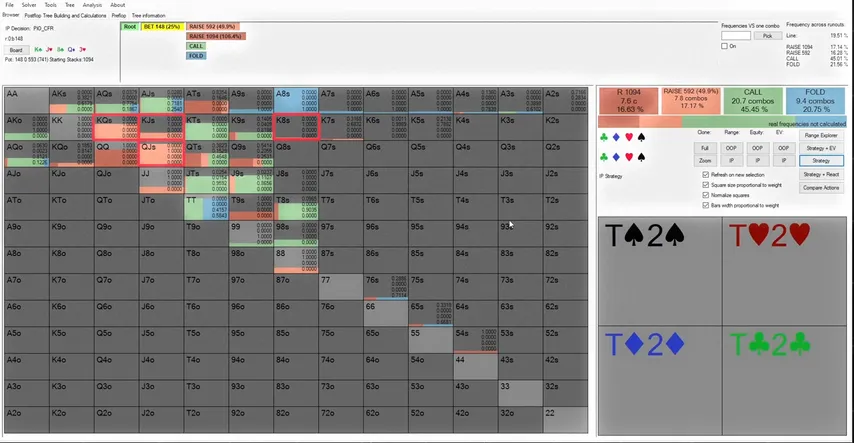
The reason for this is pretty obvious: now that these hands are getting called more often by a worse hand, the EV of raising for the small size increases. These hands are able to play perfectly against the out-of-position strategy as they can just fold against an under-bluff jam.
The other alternative would be for the out-of-position player to shift those three-bets to folds. So instead of calling a bit more with those Aces, Ace-King, and King-Ten combos, now the out-of-position player folds a bit more.
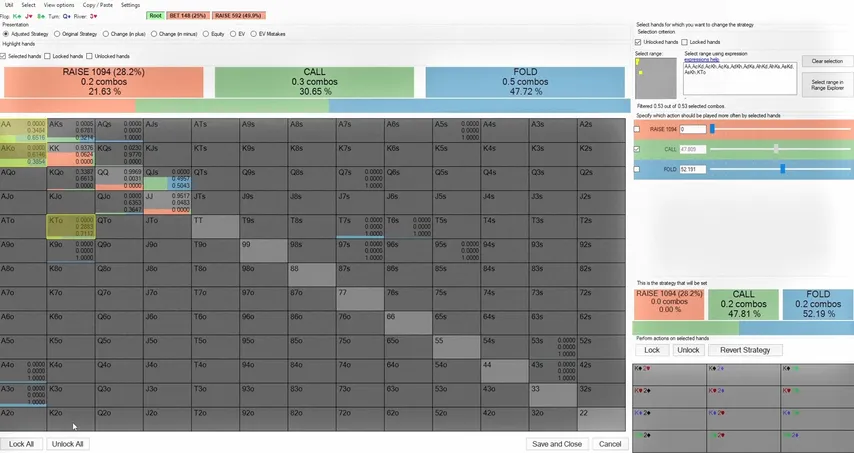
What happens now to the in-position player's strategy?
This scenario might be a bit harder to understand. In this case, we raise more often with both bluffs and thin value. You might think that if your opponent over-folds, you should raise more often with bluffs and less often with thin value hands. Why would you put more money into the pot with a thin value hand now that you're getting more folds?
Your rationalization is fair, but unfortunately, it's not yet very sophisticated. What you're missing is that when you have a thin value hand, getting a fold is preferable over getting raised. Getting raised is the most terrible thing that can happen to a thin value hand. The reason for this is that such hands cannot profitably call the raise. If the opponent is balanced, then the thin value bet will either be made indifferent by the raise, or it will become a pure fold. In both of these cases, getting raised effectively means losing the bet you just put in.
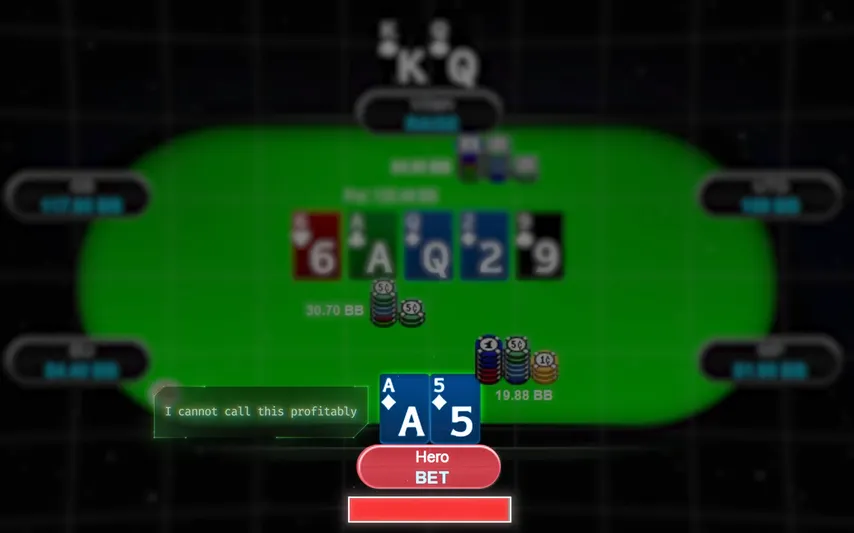
When your opponent fails to raise enough as a bluff and moves those theoretical bluffs to his folding range, he's giving us EV by allowing us to lose our bet less often and, at the same time, to win the pot more often.
If Linus doesn't three-bet bluff enough, a hand like Queen-Jack that would never raise small at equilibrium can now enjoy a massive 460 big blind per 100 increase in EV by taking the raise-fold line.
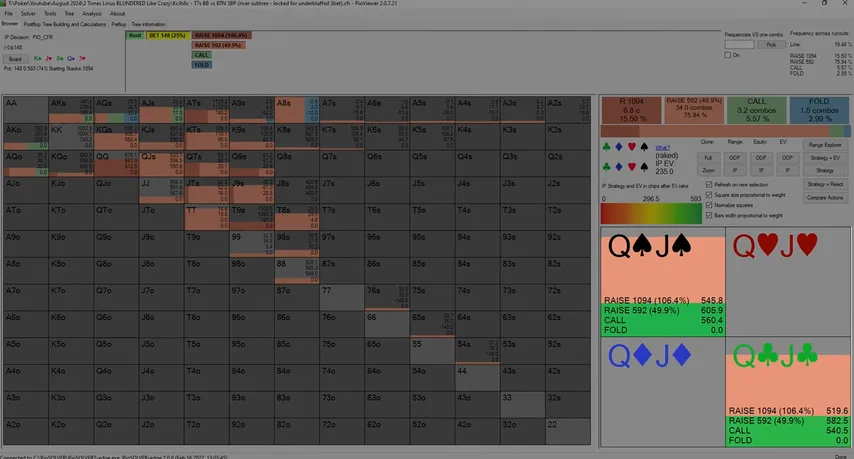
We know from this hand, though, that Linus is not under-bluffing here. Quite the opposite – if Linus bluffs Ten-Seven suited in this spot, which is a minus 426 big blind per 100 punt, then he's essentially bluffing any two cards.
What happens when the out-of-position player is over-bluffing instead of under-bluffing? What happens to the in-position player's raise strategy?
In order for the out-of-position player to over-bluff, he'll have to do one of two things (or both):
1. Take bluff-catching hands from the calling range and put them in the raise range.
2. Take hands from the folding range and put them in the bluffing range, like Linus did.
If your opponent takes hands from the calling range and puts them in the raise range, now while you have a bit less equity when you get called, you will win a much bigger pot when they raise and you call them off. So in this scenario, you should raise more with your thin value.
If he takes hands from the folding range and puts them in the bluffing range, now you're moving from a scenario where instead of getting the pot against their bluffs, you get the pot plus their raise against their bluffs. Safe to say, this is much more profitable for you, and again, you should raise your thin value more often so that you can always bet-call.
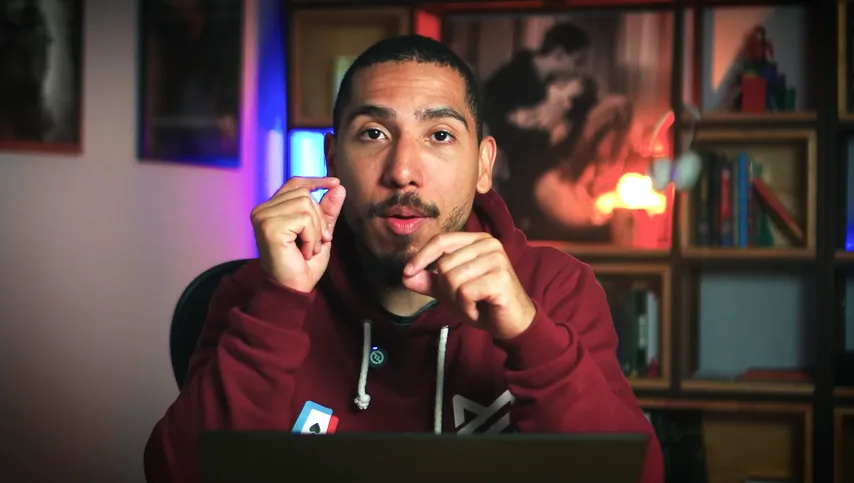
Lessons from Linus's Punt
What Linus's punt can teach us here is that there are many reasons why we should raise more often for thin value against our opponents:
1. If our opponents don't three-bet bluff enough, we should raise more for thin value because we're either getting called by worse more often than we should, or we're getting a fold from a hand that should bluff us off sometimes. Both scenarios give us EV, and we should raise-fold.
2. If our opponents three-bet bluff too much, we should also raise more for thin value as we'll make a lot of money calling them off. We always raise-call.
3. As a third lesson, which is perhaps what Sergey was thinking, we can learn that it might make sense to choose smaller sizes than a solver when raising, even if not optimal. By sizing it smaller, we force our opponents to develop the proper three-bet bluff range. It's very likely they will mess it up.
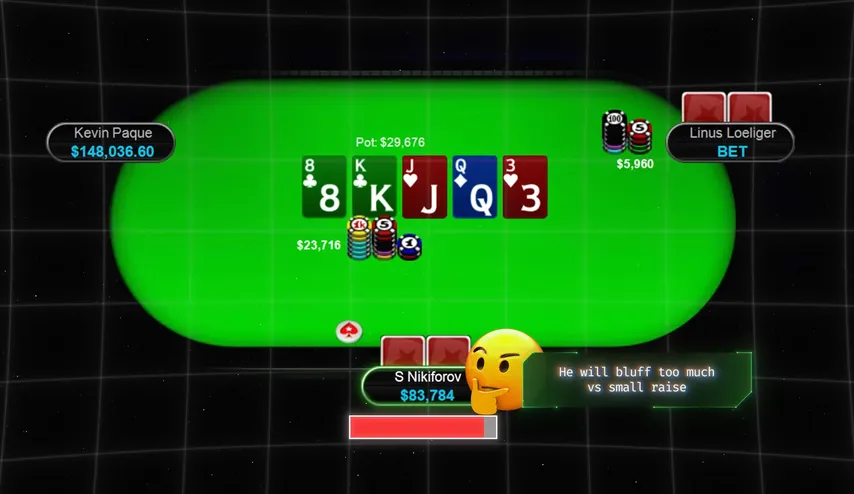
We'll never know why Linus made this huge punt here. Maybe he overvalued his blocker to the straight, maybe he had a read on Sergey and was convinced he would fold too much to the three-bet bluff. Regardless of the reason, the lesson from this hand is one of the most important ones for your career as a poker player:
You will make mistakes. Even the best players in the world do. Don't punish yourself because of them. It doesn't make sense to play poker afraid of making mistakes. The only way to grow and to learn is to allow yourself to try new things and go with your gut. Fear of making mistakes kills your creativity and your capacity to play high-level strategies.
My desire as a poker coach is for you to learn to embrace the complexity and the risks of this game. Make mistakes, learn from them, and then show up the next day to make some more. That's the path of growth.














